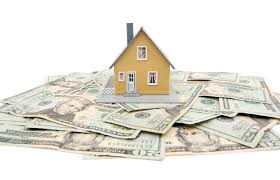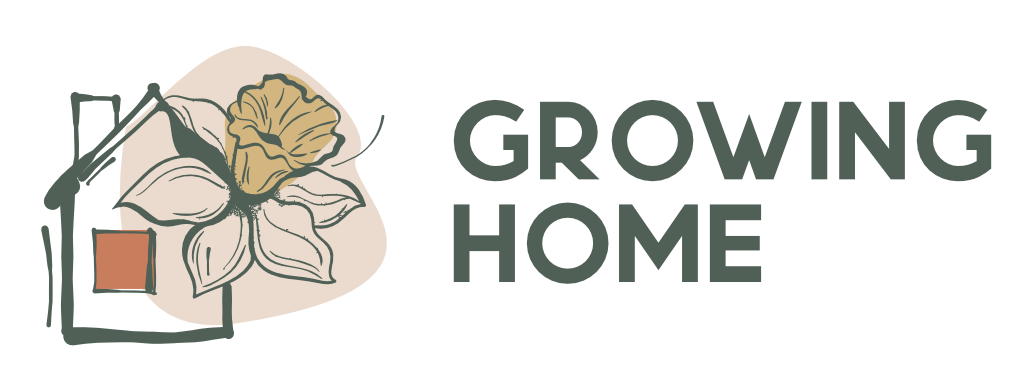Last Updated on April 17, 2023 by growinghome.la

Buying a home can be an exciting and overwhelming experience, especially for first-time homebuyers. One of the most important things to consider when buying a home is what percentage down payment to put down for your house. But how much do you really need to put down? This article breaks down the different percentages and factors to consider when choosing the right down payment for your budget.
What is a down payment?
A down payment is a portion of the total cost of a home that is paid upfront by the buyer. It’s typically expressed as a percentage of the home’s purchase price. The down payment is used to reduce the amount of money that you’re borrowing through a mortgage. It also serves as a form of collateral for the lender. When you make a down payment, it demonstrates your commitment to the property and shows the lender that you have the financial resources to make the purchase. What percentage down payment you put down for your house has an impact on the overall cost of the home. It also affects the terms of the mortgage.
What are the typical percentages of down payments for first-time homebuyers?
When it comes to what percentage down payment for your first house, there is no one-size-fits-all answer. The typical down payment percentage for first-time homebuyers can vary depending on the lender and the type of loan. What percentage down payment you decide on will depend on several factors. These include the lender you’re working with, the type of mortgage you’re applying for, and your credit score. As a general rule of thumb, you should aim to save between 5% and 20% of the home’s purchase price.
It’s important to note that a higher down payment percentage can lead to lower monthly mortgage payments. It can also open up the possibility for better interest rates. Keep in mind that making a smaller down payment means you’ll need to borrow more money. As a result, your monthly mortgage payments will be higher. However, it’s also important to choose a down payment percentage that fits within your budget and financial goals. Consider working with a homebuyer coach or mortgage lender to determine the best option for you.
Why do people tend to lean towards putting 20% down?
If you’re able to save a larger down payment of 20% +, you may be eligible for a conventional loan. These often have lower interest rates and better terms. Additionally, a down payment of 20% or higher helps you avoid paying for private mortgage insurance (PMI). PMI is typically required for borrowers who make a down payment of less than 20%. According to the Urban Institute’s Housing Finance Policy Center, the average cost of PMI for a conventional home loan ranges from 0.58% to 1.86%. This is based on the original loan amount per year.
For example, if you’re buying a home for $500,000, you would have to put down $100,000 (20%) up front to avoid private mortgage insurance. If you put down $50,000 (10%) and have a credit score of 760+, you’re required to pay about $217 per month (at 0.58% of the loan amount) for a total of $19,337 total in PMI over 7 years until you reach 20% equity. If you have a credit score of 620 or lower, you’ll pay $698 (1.86%) in PMI, or a total of $62,012 in PMI until you reach 20% equity. As you can see, higher credit scores and down payments can change your monthly payments and save you money over time.
Benefits of a larger down payment
It may be tempting to make a smaller down payment to reduce your upfront costs. However, there are several benefits to making a larger down payment. Here are a few:
- Lower Monthly Payments: By making a larger down payment, you’ll be borrowing less money, which means your monthly mortgage payments will be lower.
- Better Interest Rates: If you’re able to make a down payment of 20% or more, you may be eligible for a conventional loan with lower interest rates and better terms.
- Avoid Private Mortgage Insurance: Private mortgage insurance (PMI) is typically required for borrowers who make a down payment of less than 20%. By making a larger down payment, you may be able to avoid paying for PMI altogether.
- Greater Equity: A larger down payment means you’ll have greater equity in your home from the start. This can be especially beneficial if you’re planning to sell your home in the future, as it can help you maximize your profits.
My experience with determining what percentage down payment for our house
When we were buying our home, our real estate agent advised us to put 20% down, because the listing agent said it was more competitive based on other offers and would look better to the seller. You won’t always get that much information from the listing agent, but in our case, this was helpful. We’d already met the agent and made sure to speak with her and get to know her. We also asked a lot of questions about the home. I believe this made her more open to sharing information with our agent. We also wanted the lowest monthly payment possible, but to have some cash on hand to begin renovations. For these reasons, we decided to move forward with offering a 20% downpayment.
If you’d like help with navigating your down payment or any other aspects of your home search, check out my homebuyer course, The Stress-Free Homebuyer Academy. I coach you through each aspect of your home search and you’re able to get personalized guidance from me around specific questions relevant to your home search. You can also get my free resource, Map Out Your Dream Home, and receive weekly inspiration straight to your inbox.
